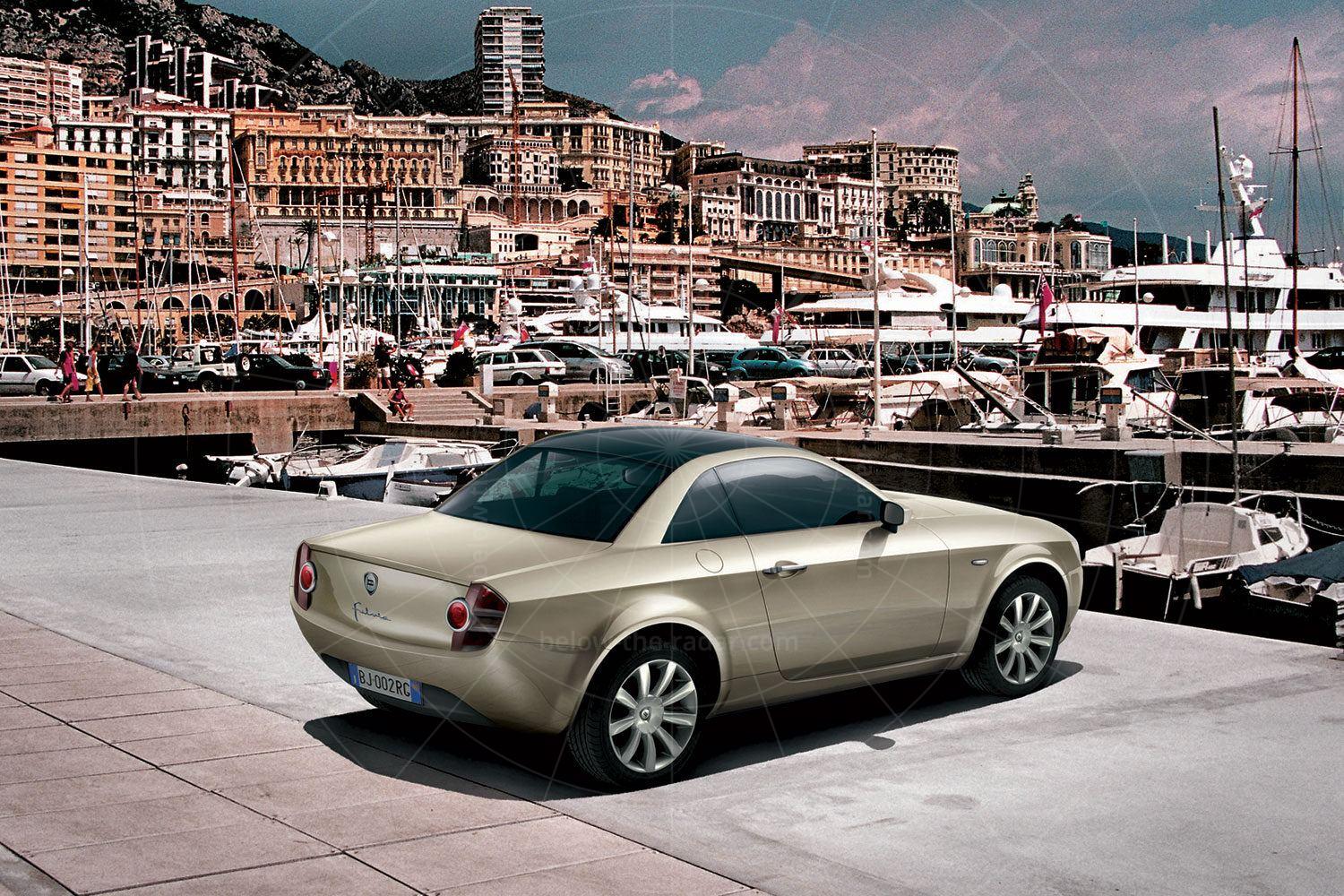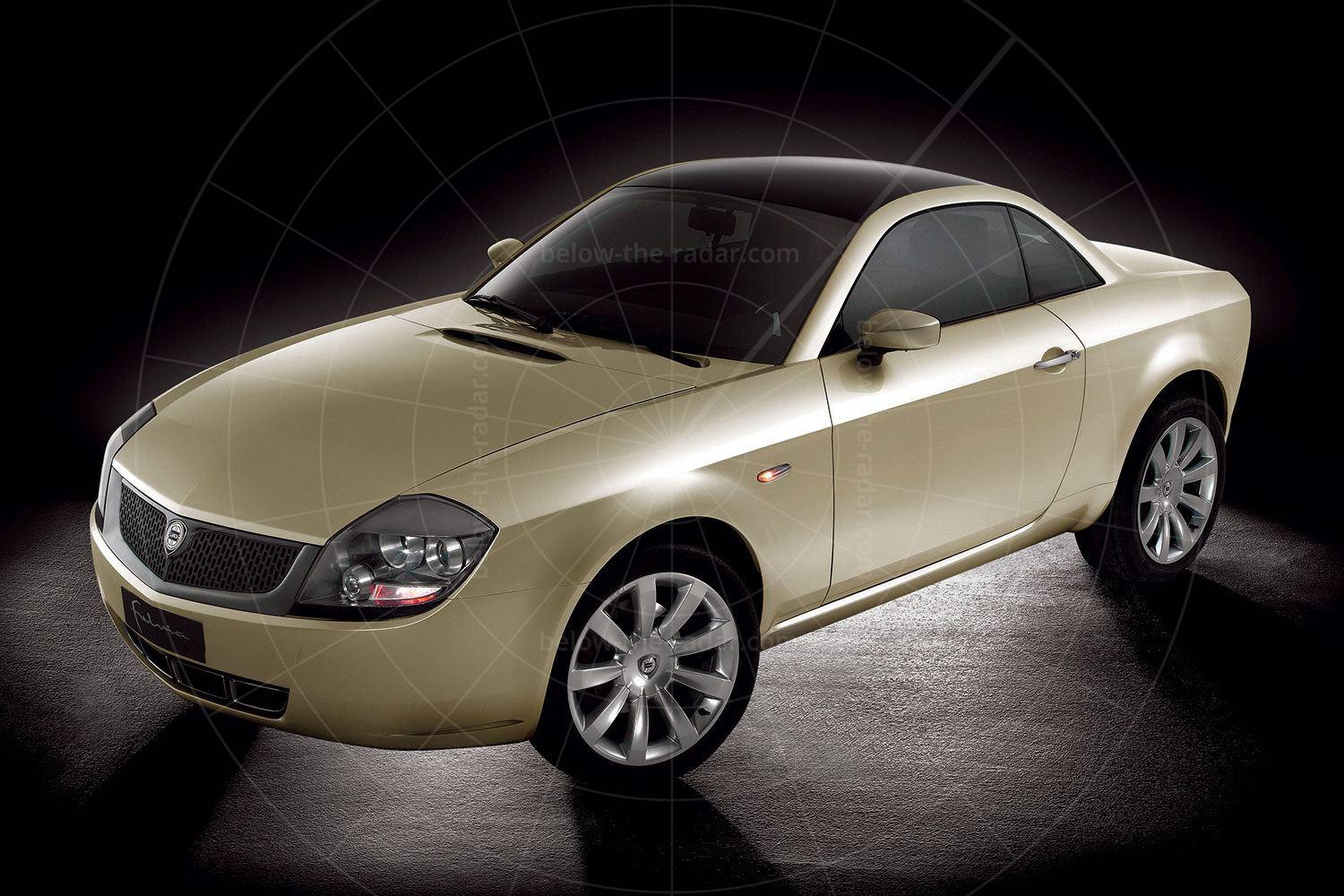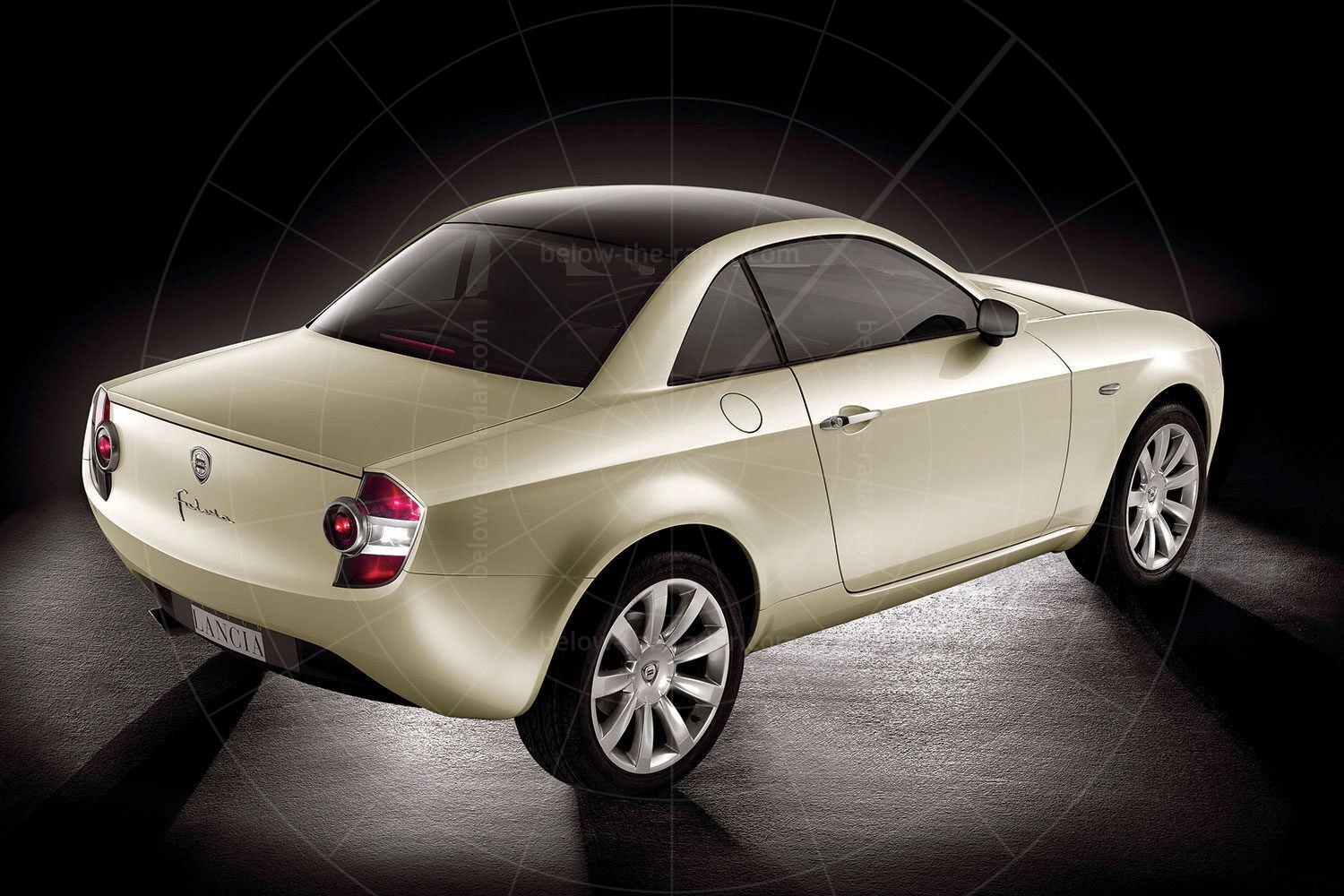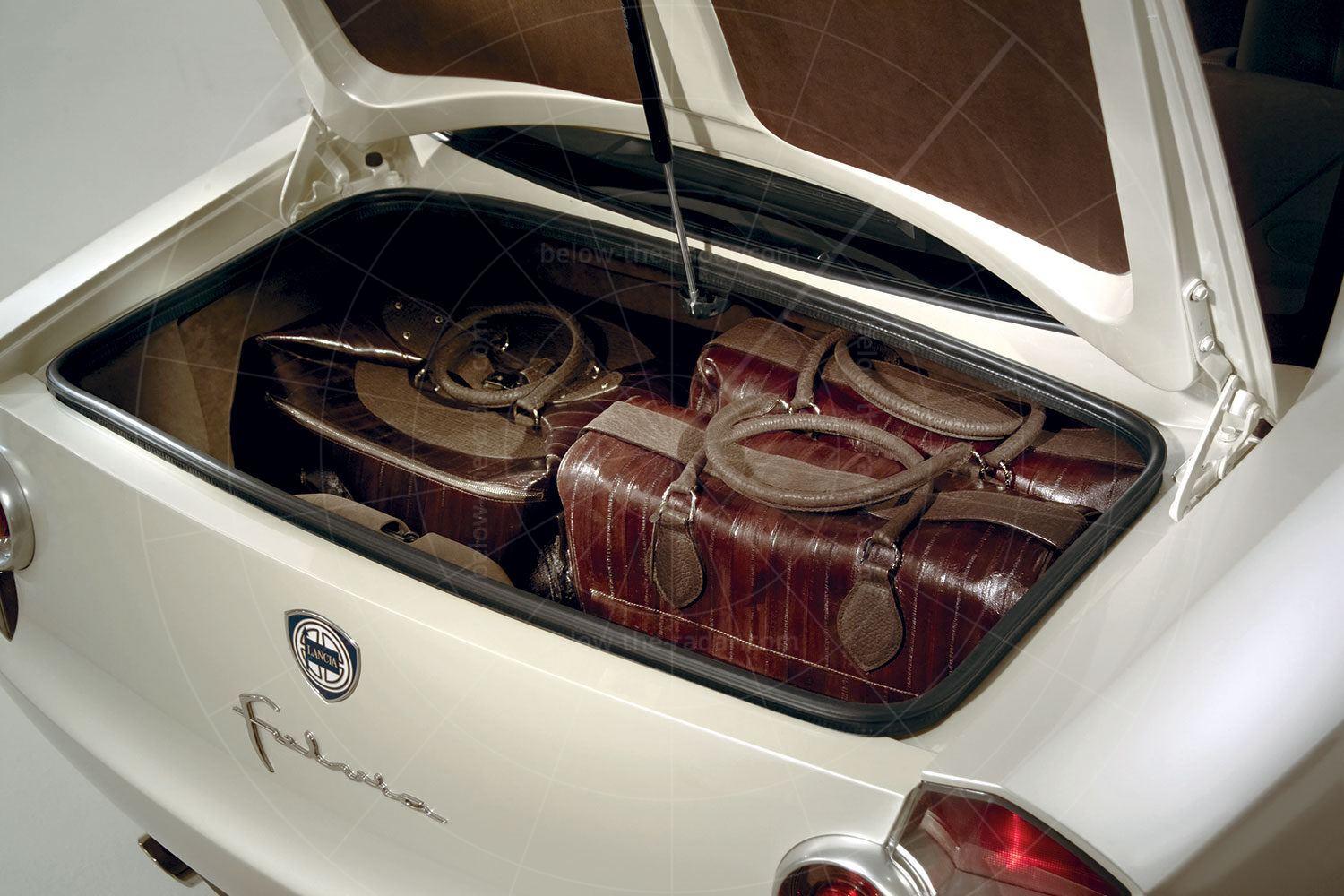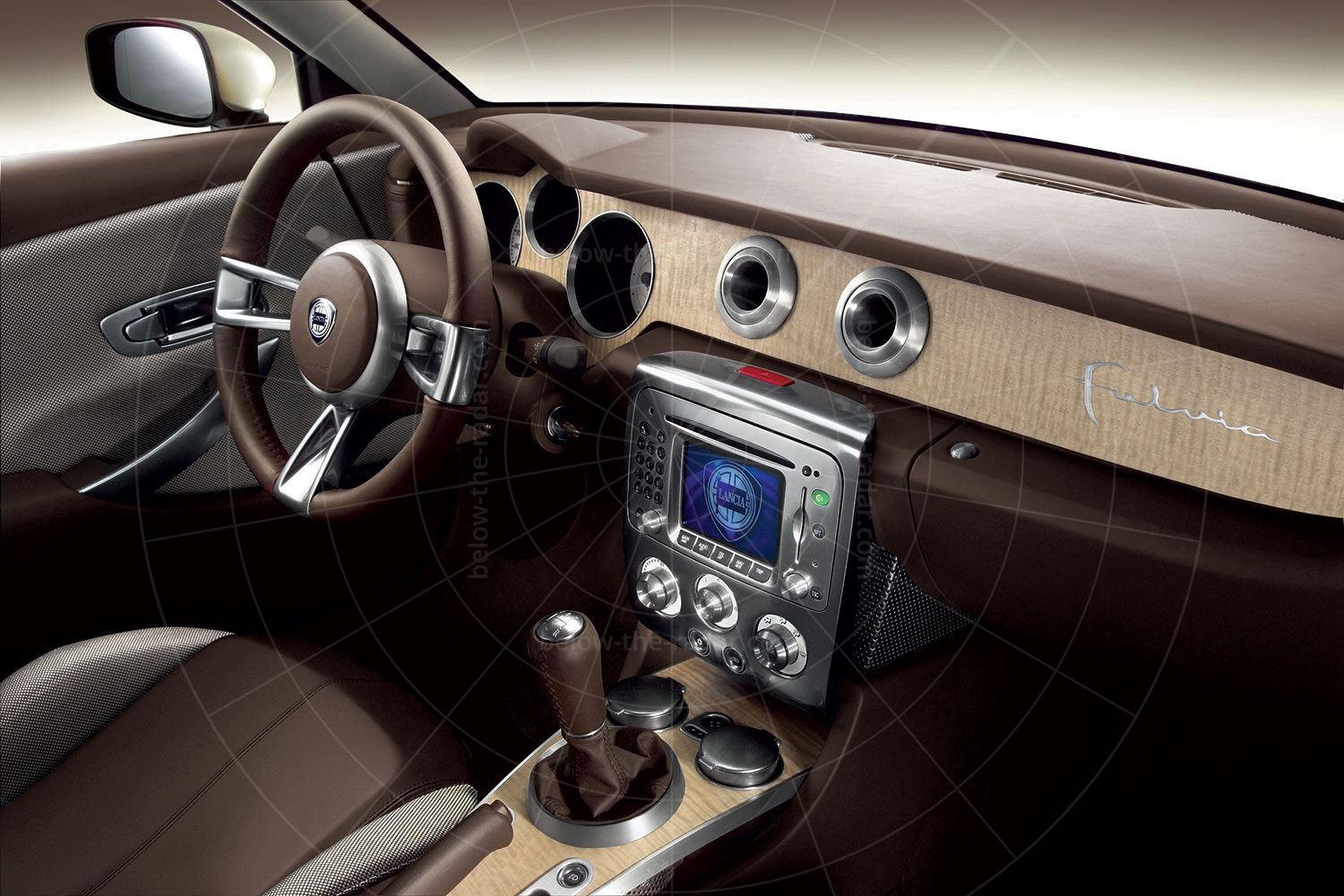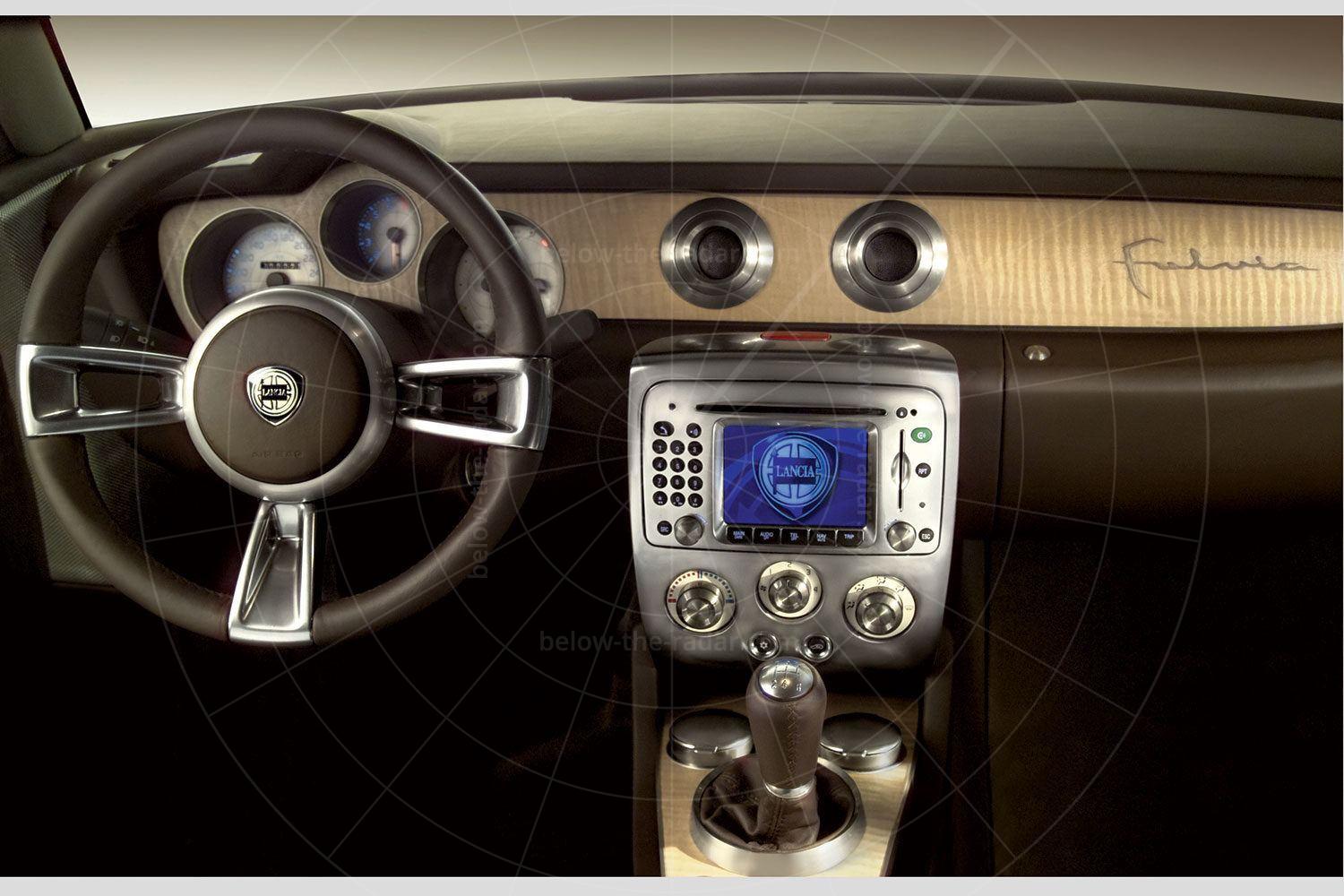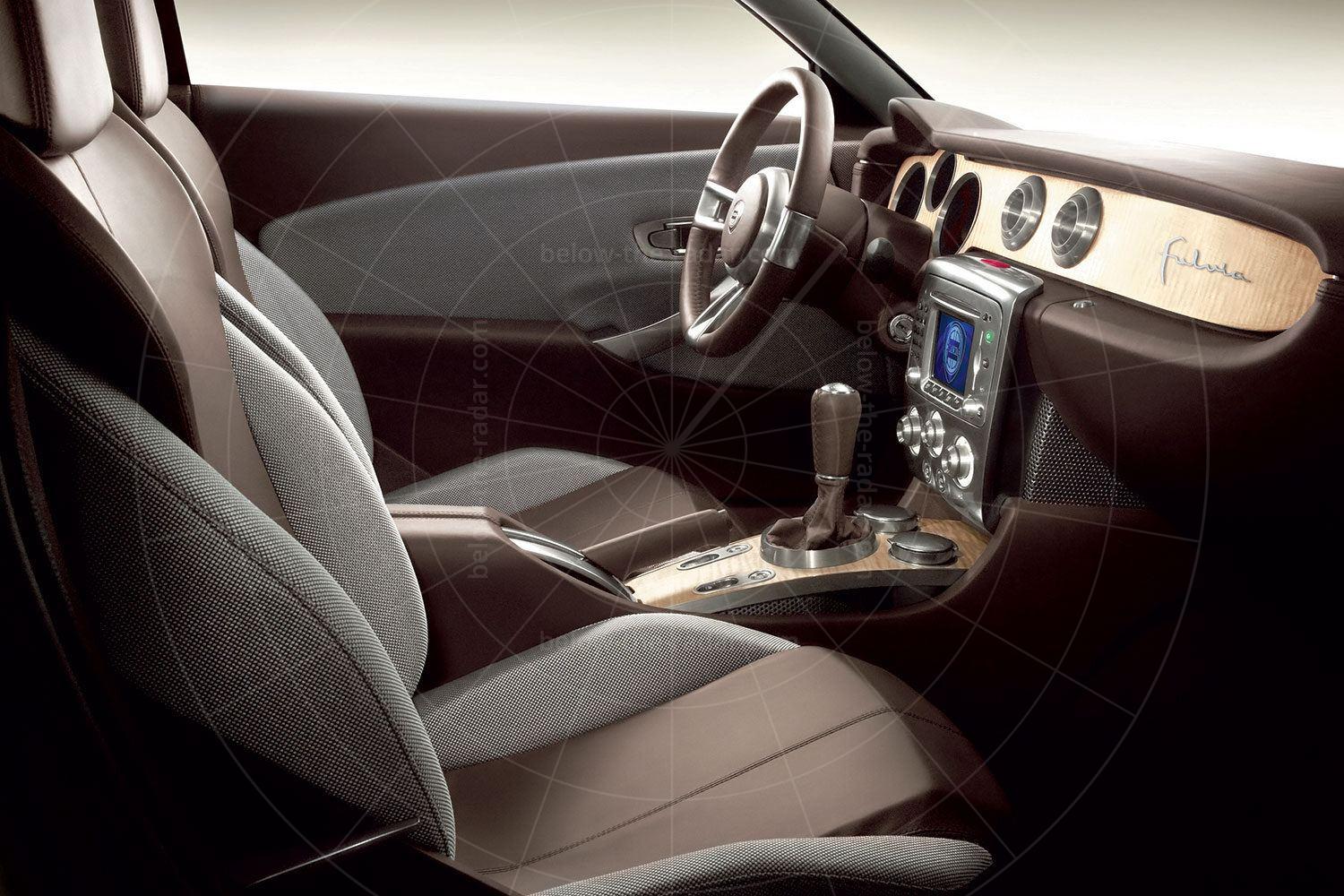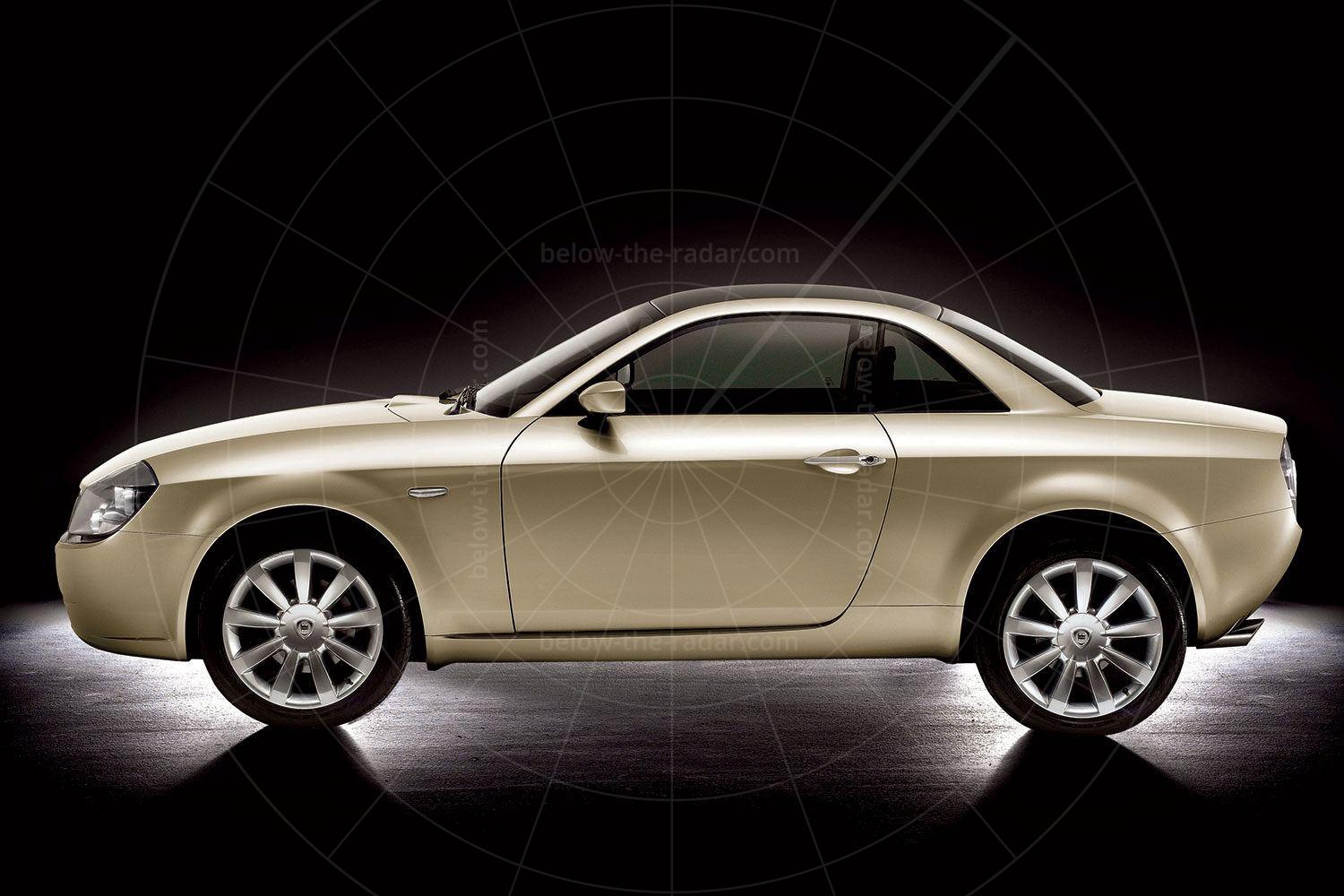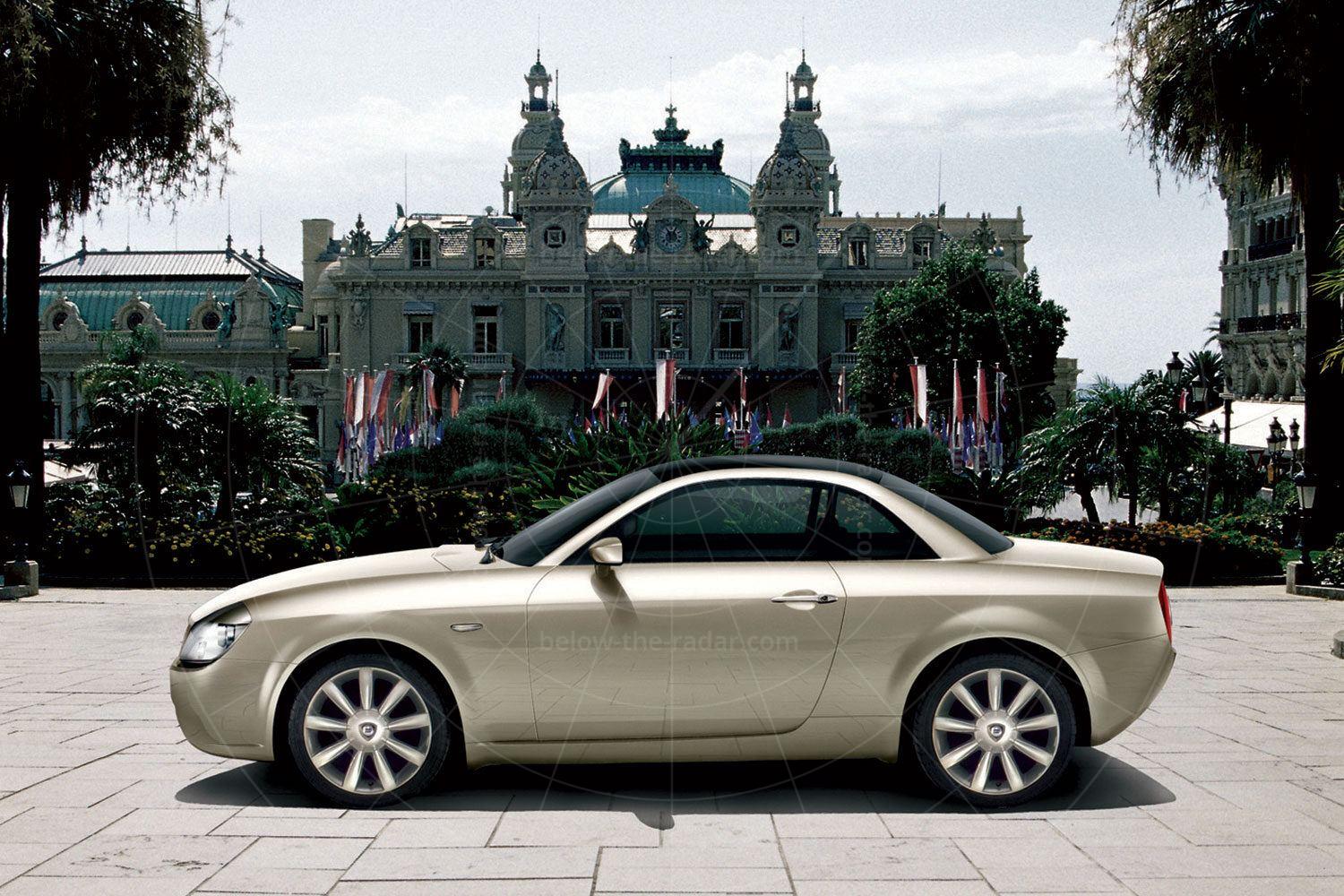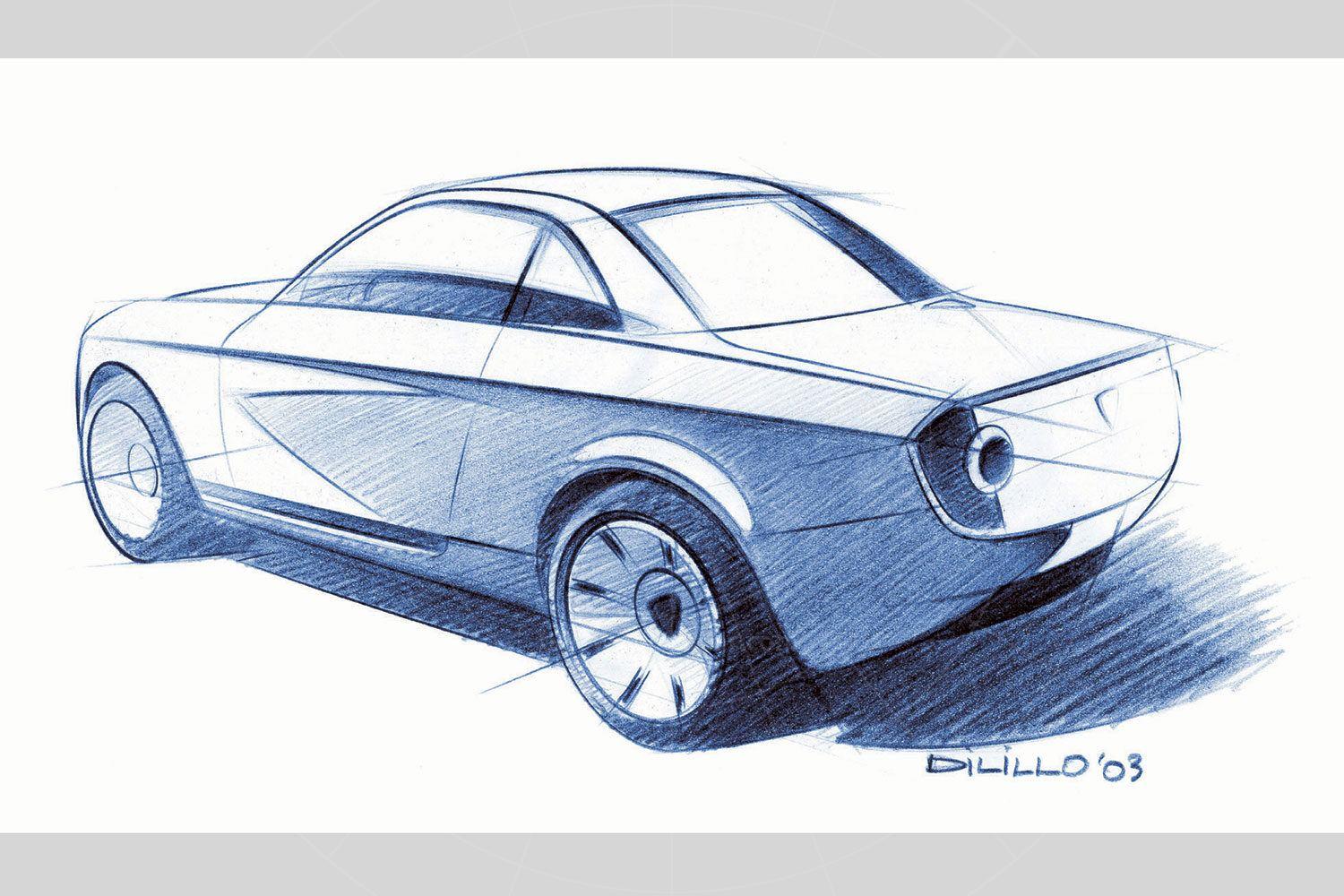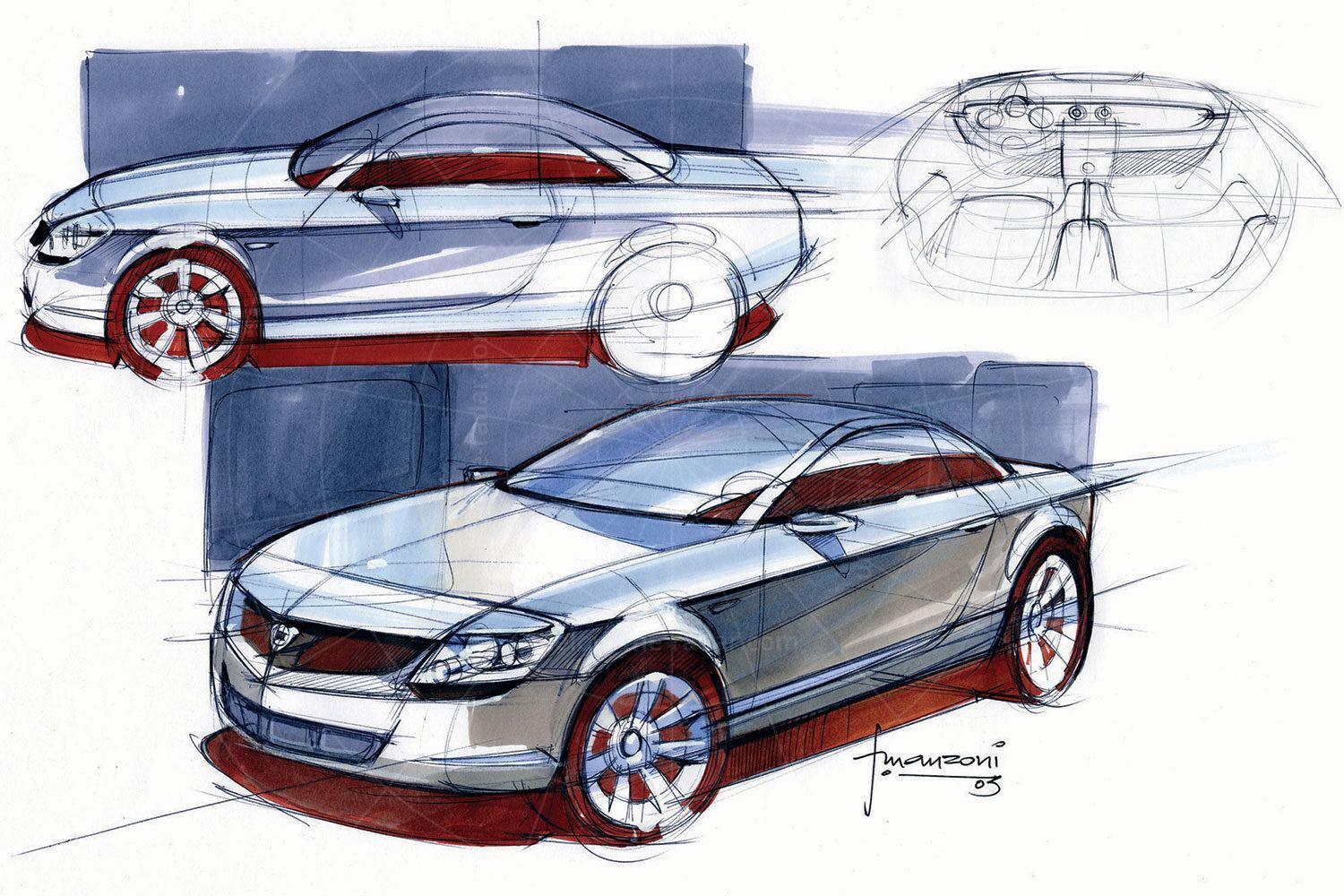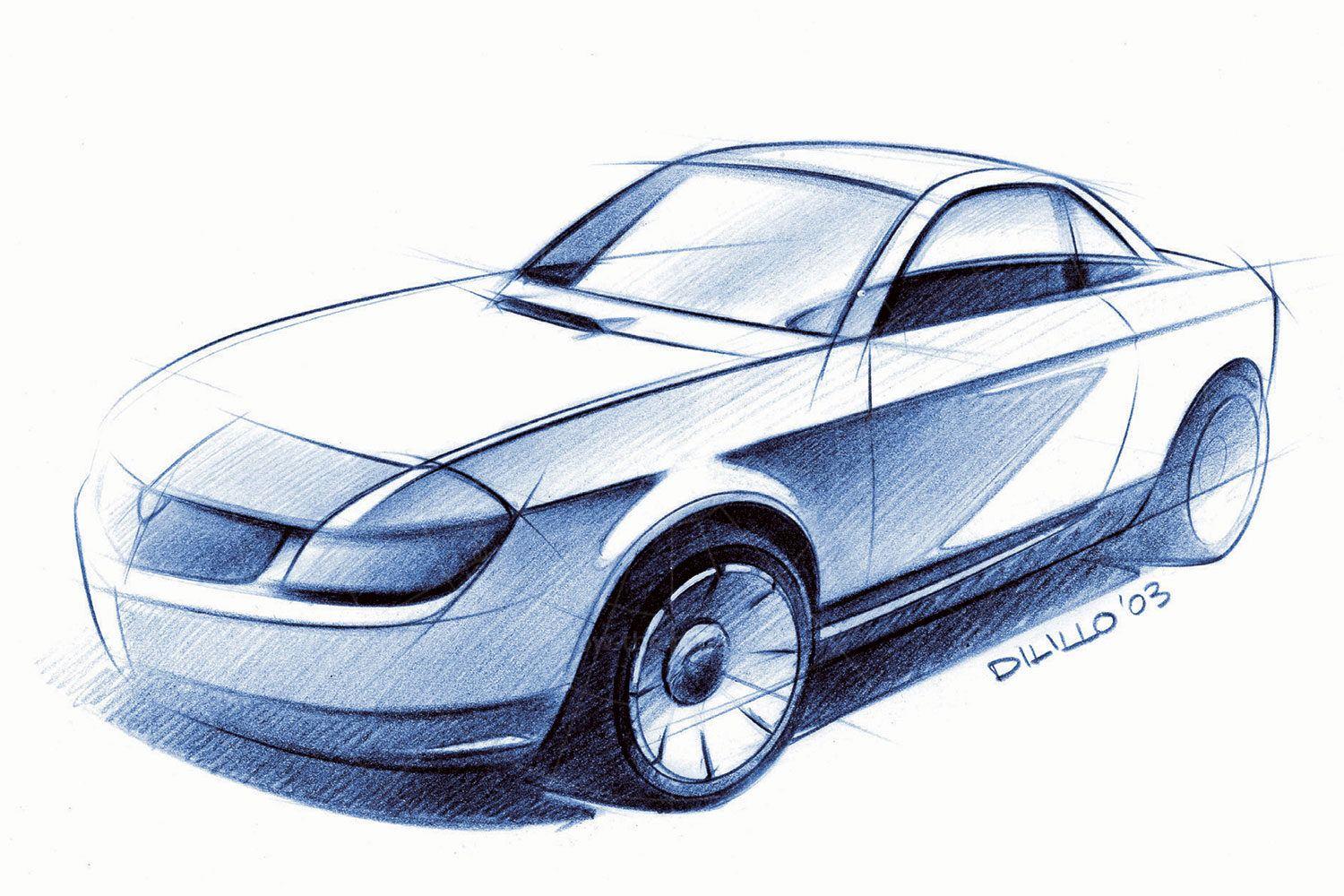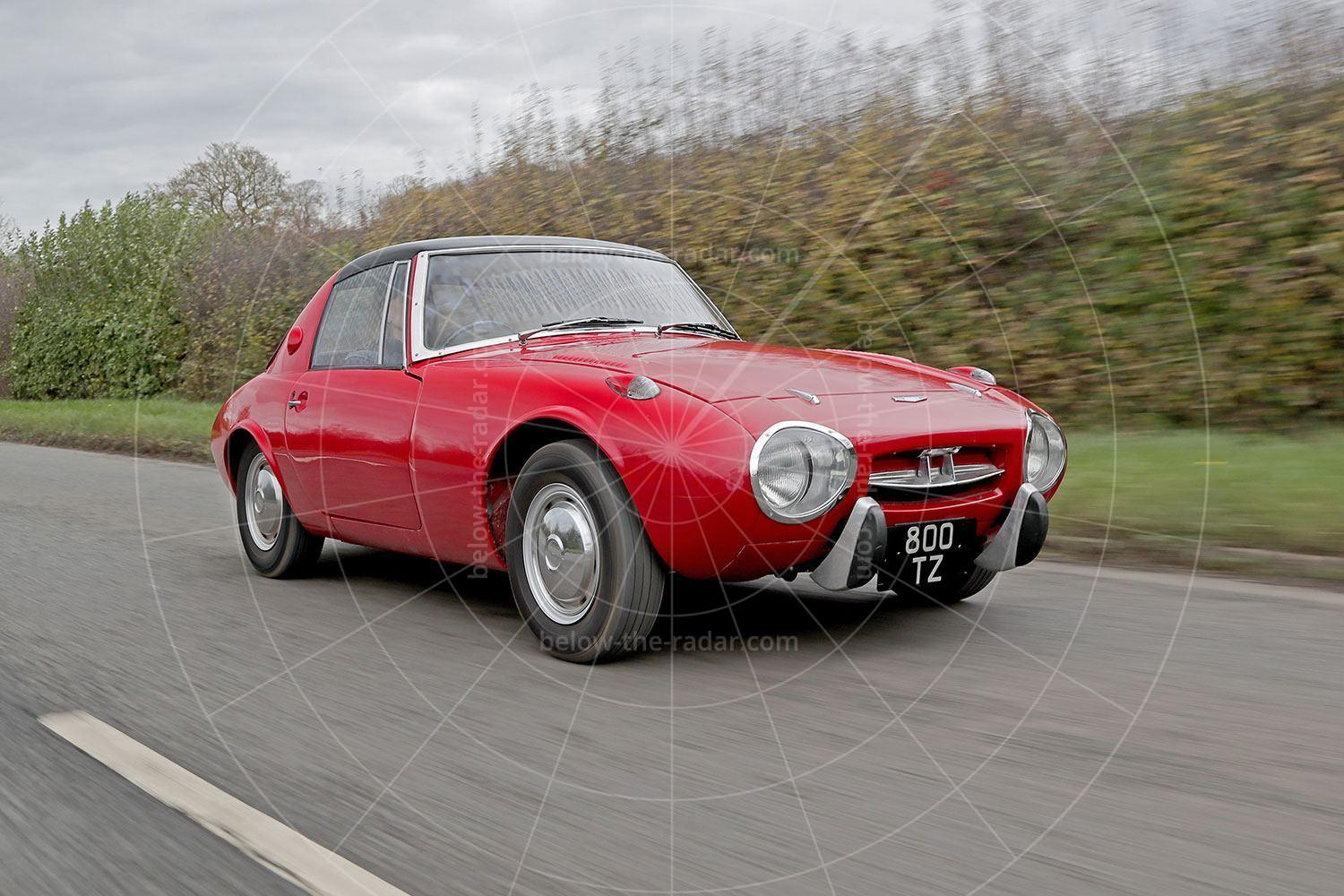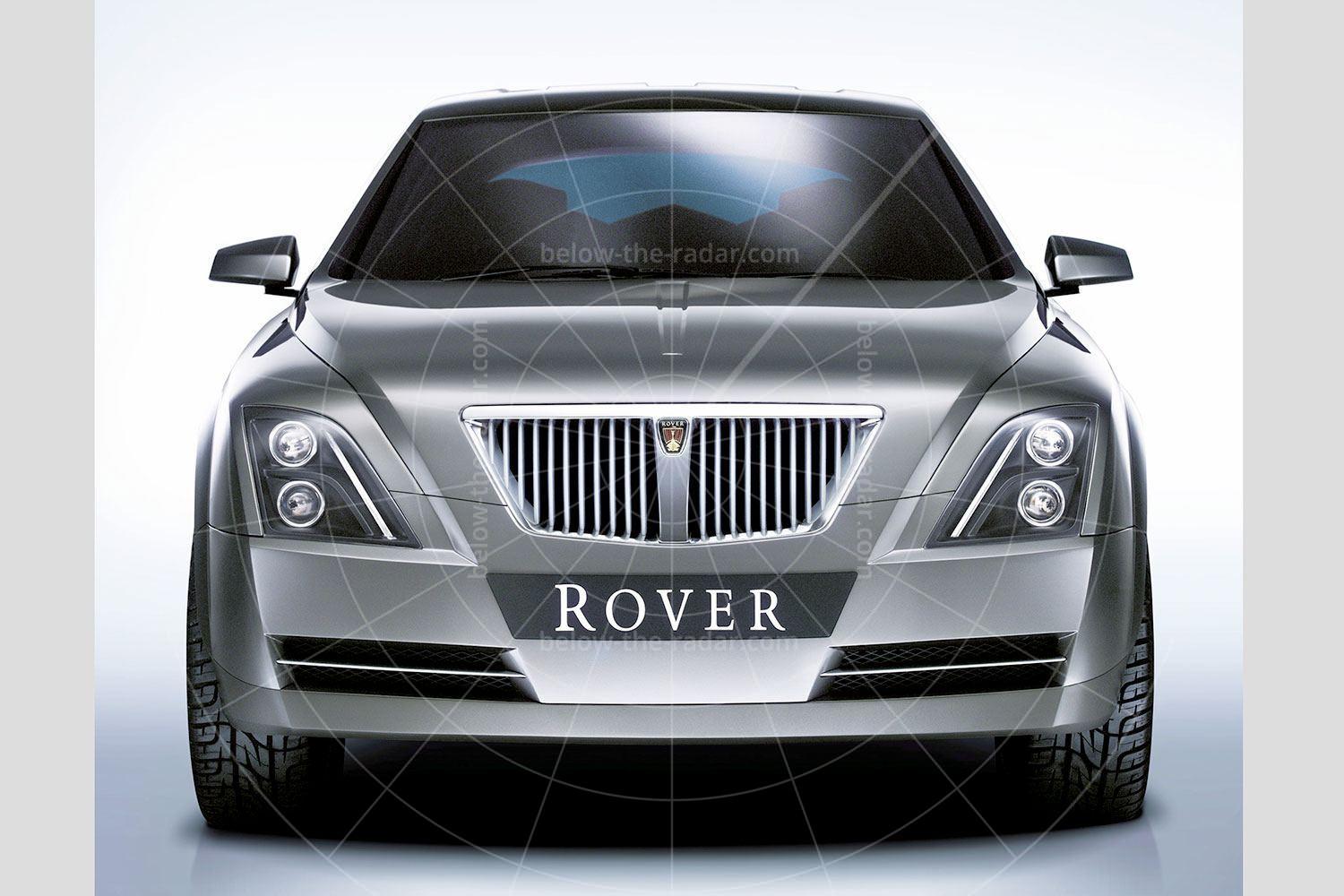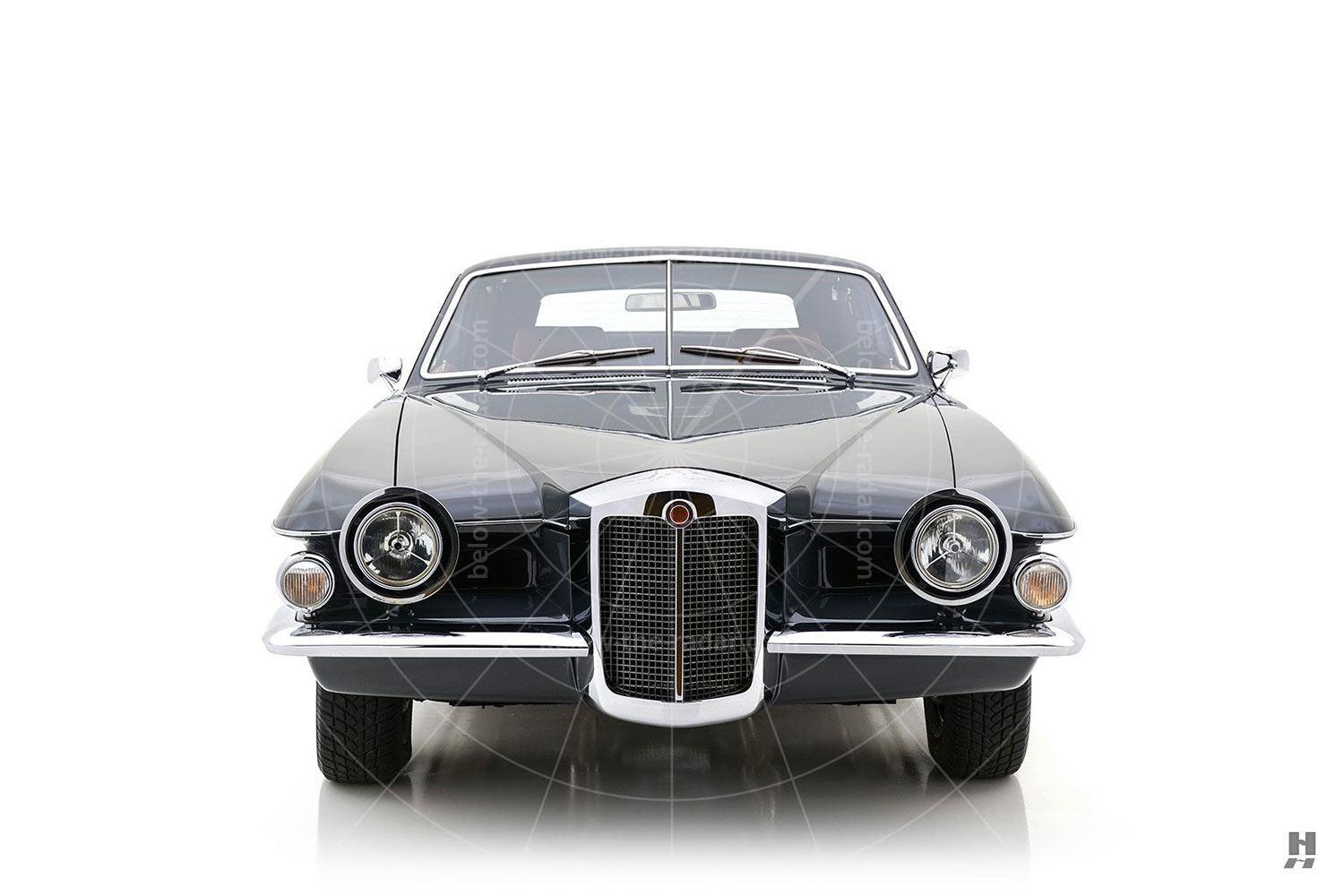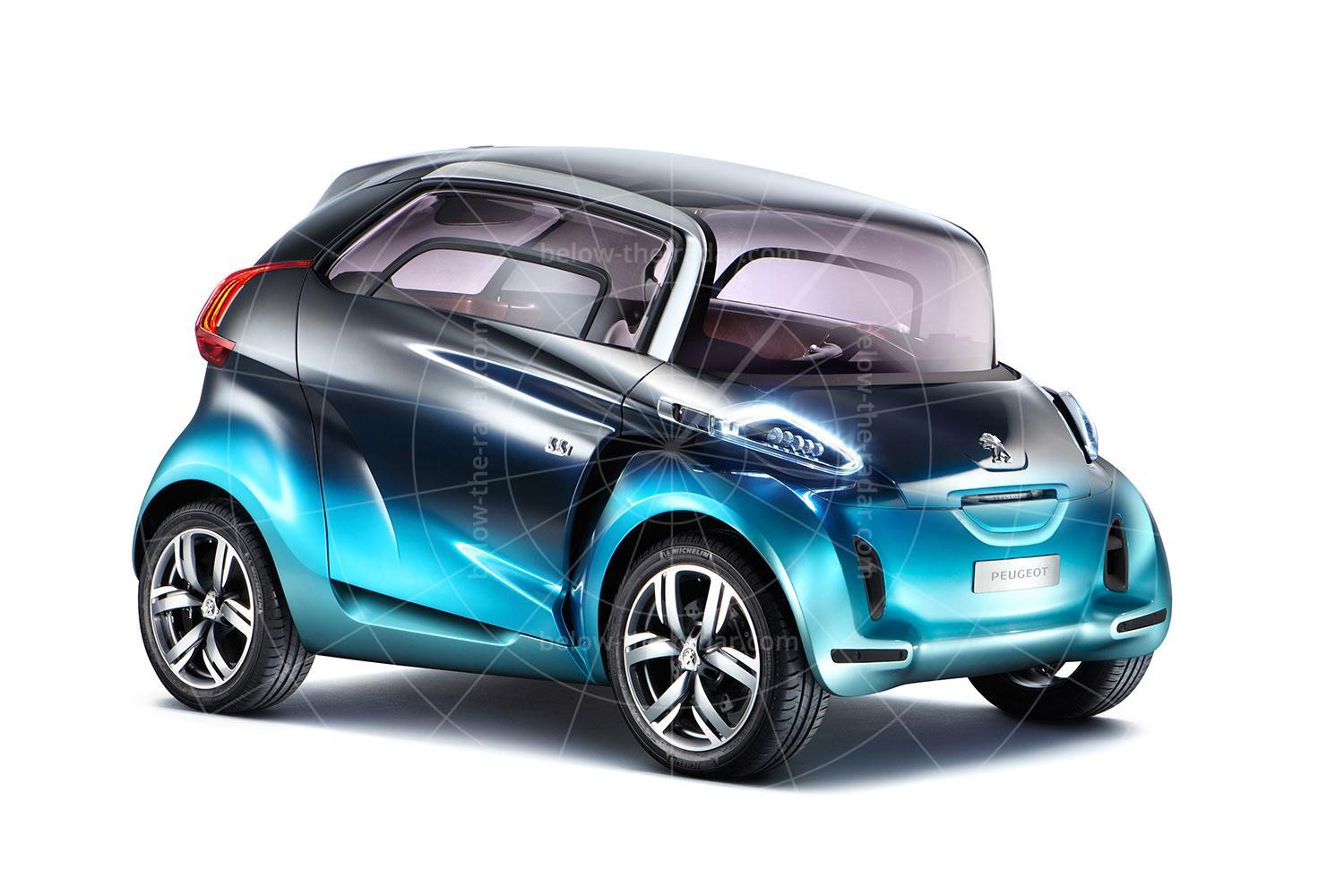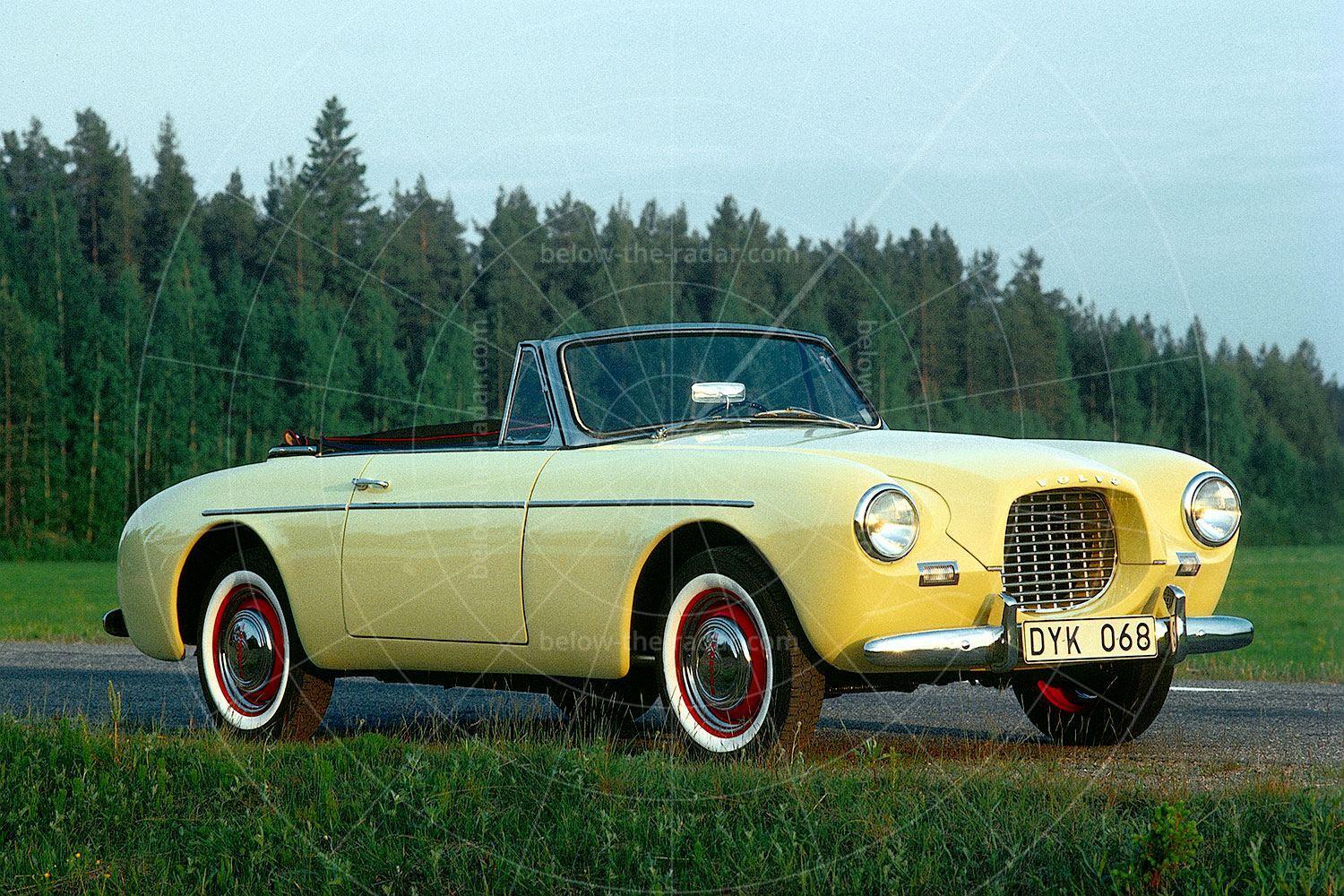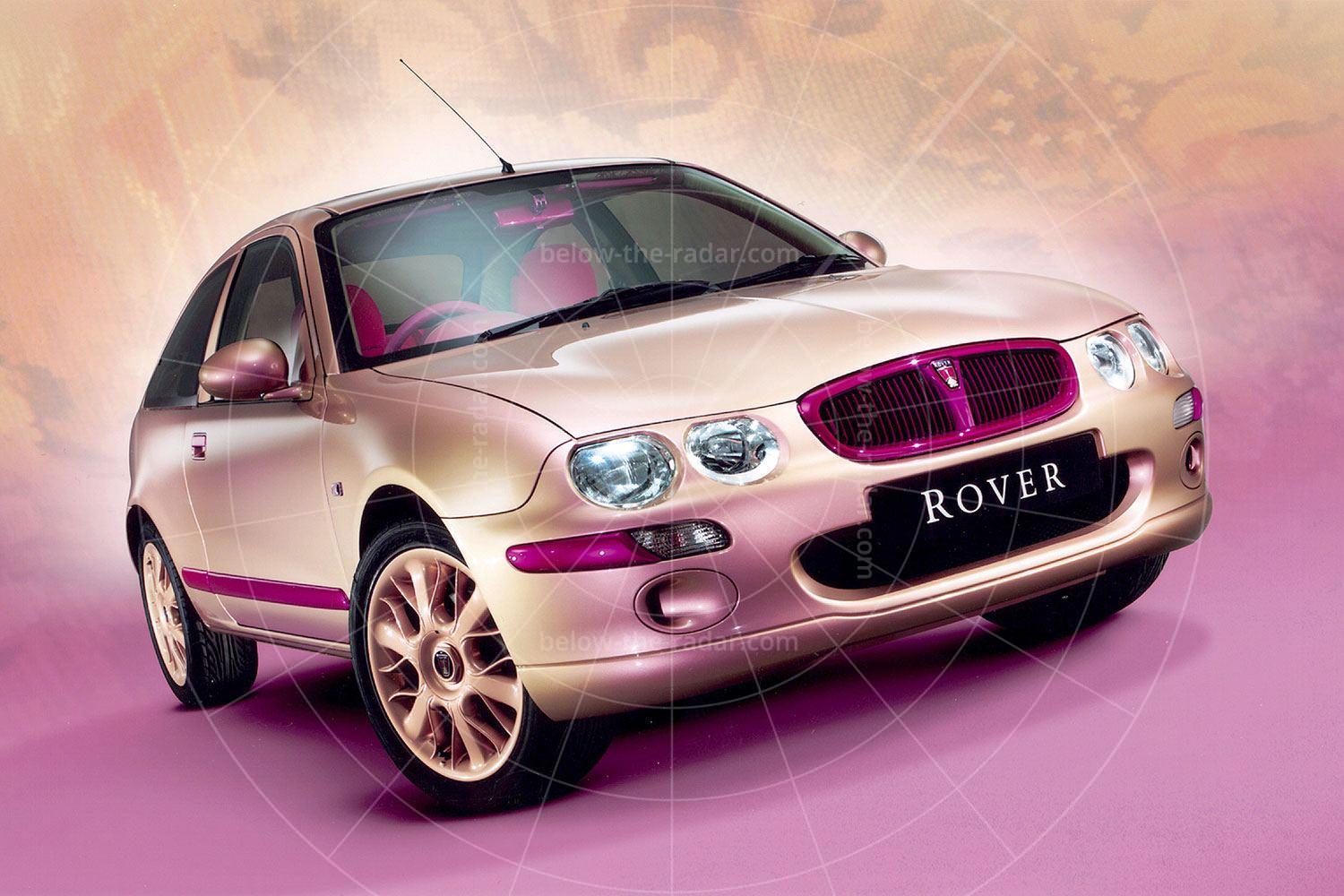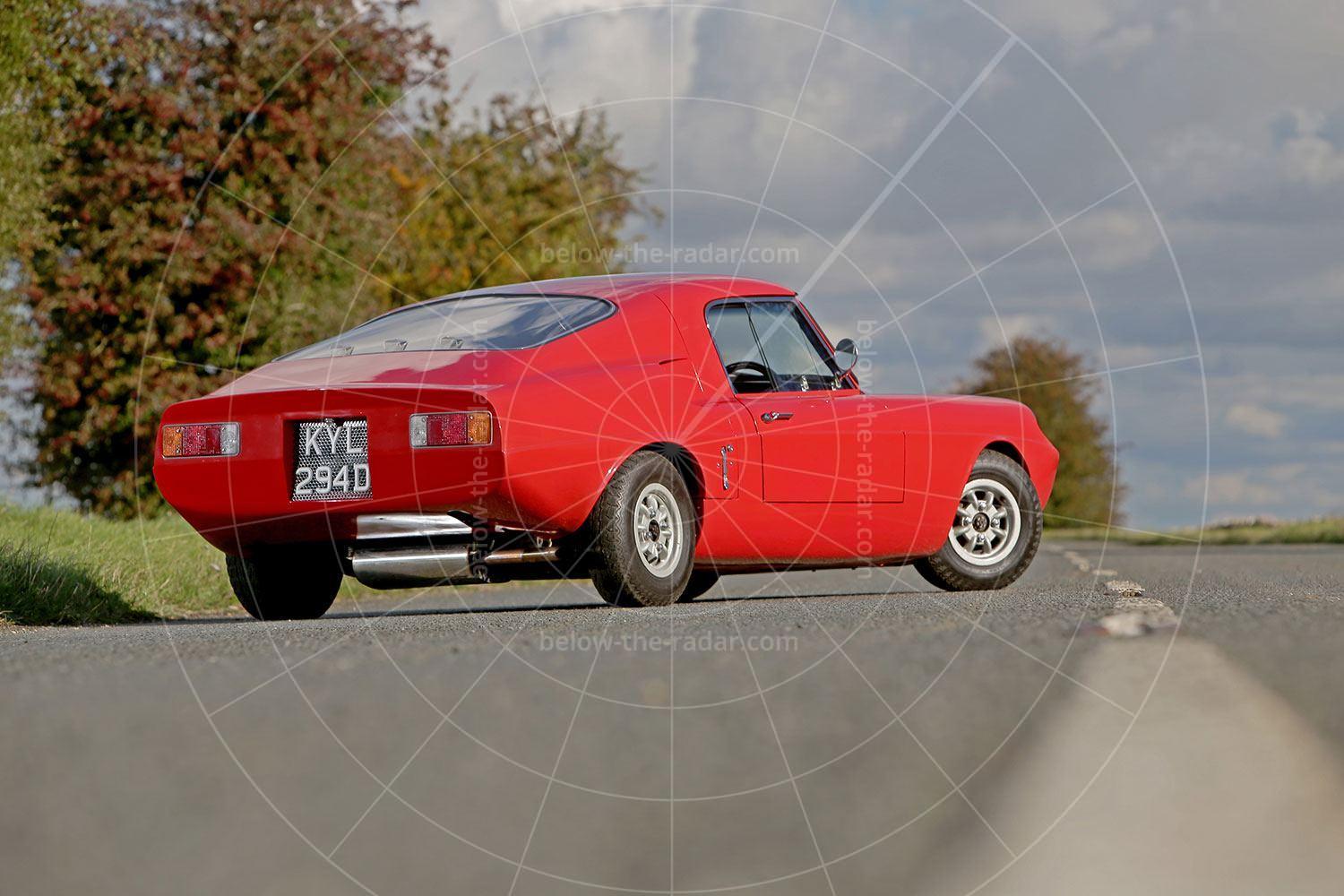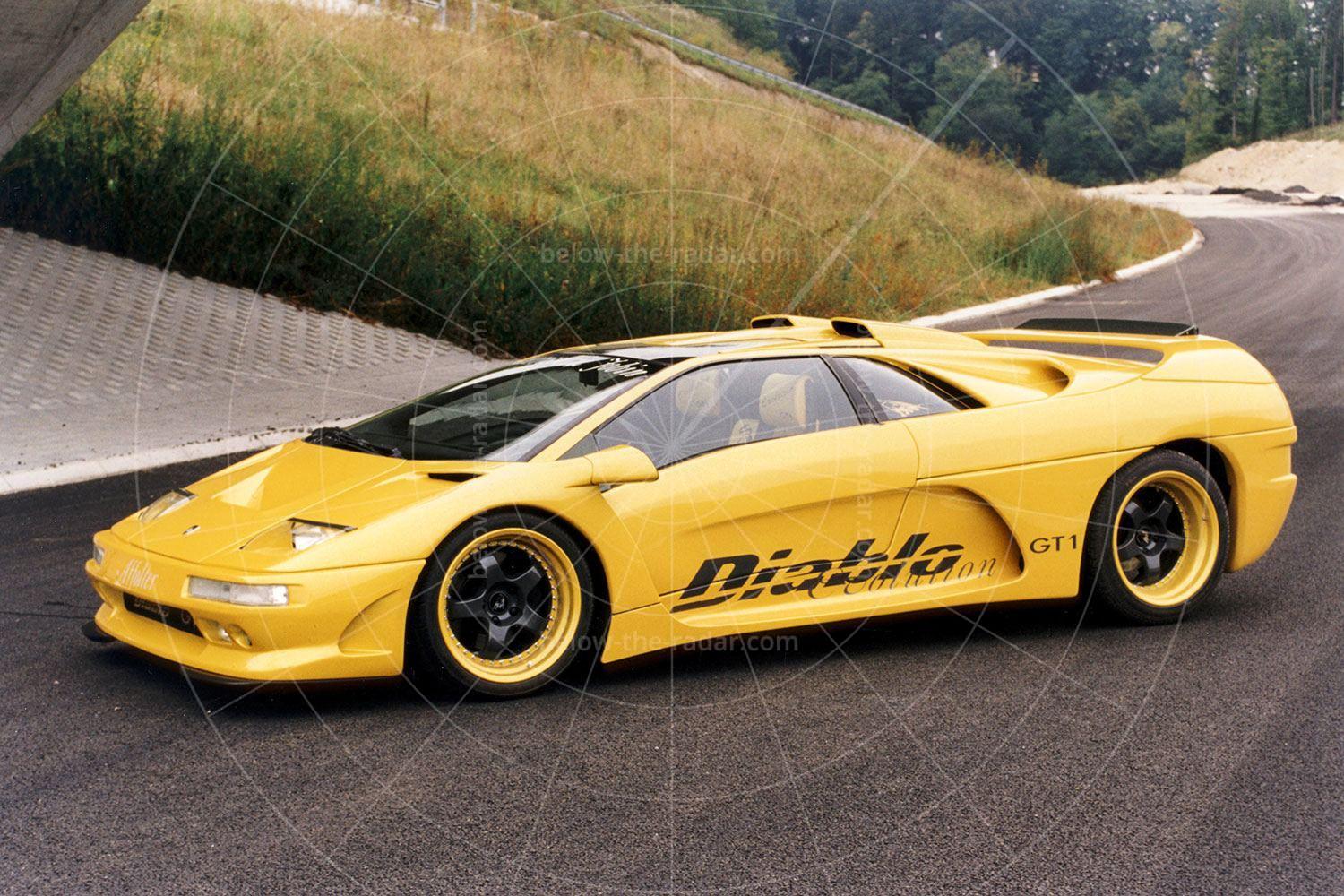There was a time when Lancia had been incredibly innovative and stylish. Most of its pre- and post-war cars looked superb and featured interesting engineering. One of the most revered is the beautiful front-wheel drive Fulvia coupé, which made its debut in 1965 complete with narrow-angle V4 engine, disc brakes all round and double-wishbone front suspension. The car would be successful in motorsport and by the time production ended in 1976, more than 140,000 examples had been built.
But ever since the company was acquired by the Fiat Group in 1969, its cars had started to lose their individuality. So when Lancia unveiled its Fulvia concept at the 2003 Frankfurt motor show it looked like the company was finally finding its way after many years in the wilderness. Lancia had gone off the rails with the demise of the Integrale in the 1990s and had never really managed to come up with anything to inspire buyers.
While other Fiat Group subsidiaries such as Maserati and Alfa Romeo had made great strides in design, quality and specification, Lancia had continued to languish and what was needed was a fresh, exciting halo model to make the brand appealing once more. In the Fulvia it looked as though Lancia had finally found what it was looking for. Here was a car that took the beautiful lines of the original Fulvia, and improved on them.
But all was not what it seemed. When the Fulvia was unveiled, Lancia was non-committal about its prospects of making production. The press went wild over the concept and potential buyers queued up, chequebooks in hand. But Lancia bosses couldn’t make up their minds over whether or not to build the car, even though it was generally agreed that this was the best-looking machine to come from the company in years – if not decades.
The whole point of the Fulvia was that it could have gone into production with the minimum of changes. Sure some of the detailing may have had to be watered down, but the concept was based on tried and tested components taken from the Lancia parts bin. As such there was a 1.7-litre four-cylinder petrol engine transversely mounted up front.
The 140bhp on tap was fed to the front wheels, just as in the original Fulvia; such a layout ensured low production costs, better packaging and more sure-footed (if perhaps slightly less entertaining) handling. Channelling that power was a five-speed manual gearbox, although the Fiat Group is no stranger to more unusual transmissions, such as semi-automatic units with sequential gear selection.
The Fulvia’s construction was also deliberately kept simple, to maximise its chances of becoming a commercial reality. The monocoque was made of welded steel, while the panels were all made of aluminium. The latter helped to keep the Fulvia’s weight down to just 990kg, but it’s likely that any production car’s panelling would have had to be made from steel, to keep production costs down. However, it’s also very likely that Lancia would have been able to incorporate some plastic panels – items like the bonnet or boot lid. As a result, while any production Fulvia is unlikely to have remained below the magic one-tonne kerb weight, with some ingenuity the final figure shouldn’t have been a lot higher.
Stylistically, the concept borrowed heavily from the original production Fulvia coupé. That car had featured very slender pillars to produce a light and airy cabin; this new model was no different. Indeed, the Fulvia was essentially the original car, updated using 21st century technologies and design details.
As a result, there was flush glazing along with much tighter build tolerances, so the end result was a car that looked of a much higher quality, more modern and far more aerodynamically efficient. Also, while the dimensions and proportions hardly varied between the old car and the new, the track was wider for greater stability.
The interior was just as brilliantly thought out as the exterior. While brown would usually look horribly dated, Lancia used it to great effect both inside and out. The dash was once again clearly inspired by the original Fulvia, so there was a wood finish and some very simply laid out switchgear and displays, so it looked stylish and retro rather than contrived.
There was room for just two occupants, each of whom was provided with a bucket seat; the space behind was given over exclusively to luggage. Of course there was a boot too, for extra carrying capacity; the show car came with a set of hand-made leather luggage, produced specially by Trussardi, to make the best possible use of the available boot space.
In the event Lancia elected not to build the car; it was decided that it would cost too much to develop and build relative to its sales potential. As if that wasn’t bad enough, thanks to the Fiat Group’s acquisition of Chrysler in 2011, in some markets Lancias became nothing more than rebadged Chryslers. Which may have saved Lancia a pile of cash in development costs, but it did little for a brand that was once so great.
| Vital statistics | |
|---|---|
| Debut | Frankfurt 2003 |
| Designed by | Lancia Centro Stile |
| Engine | Front-mounted, 1747cc, petrol, 4-cylinder |
| Transmission | 5-speed manual, front-wheel drive |
| Power | 140bhp |
| Top speed | 132mph |
| 0-60mph | 8.5 seconds |

